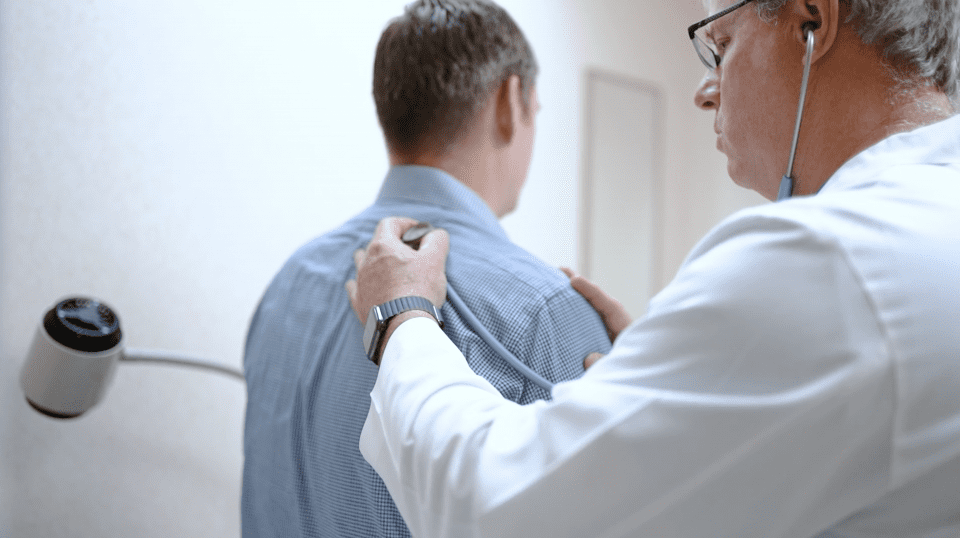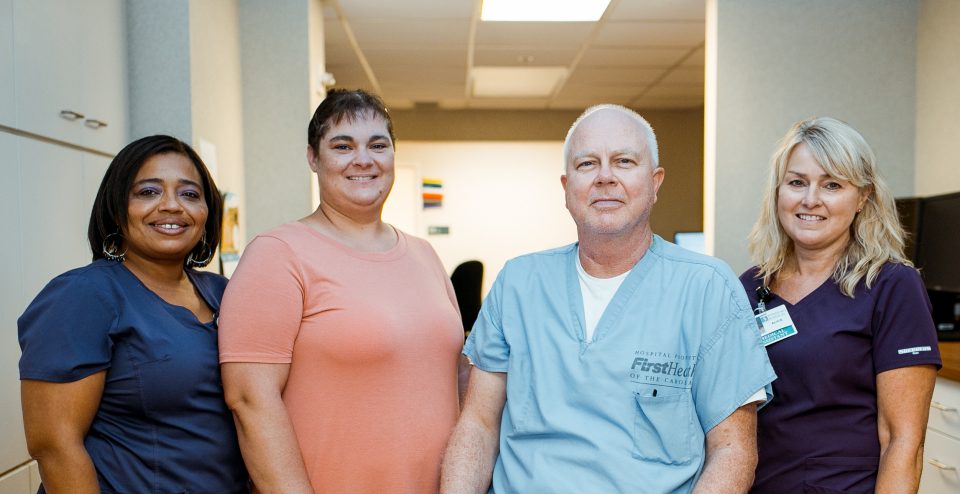Treatment Options for BPH
A wide variety of treatments are available for men with BPH, including medication, minimally invasive therapies, and surgery. You and your doctor will consider several factors when you evaluate these choices.
Treatment Options for BPH
The enlarged prostate presses on and blocks the urethra, causing bothersome urinary symptoms like urgent need to urinate, difficulty starting your urine stream, need to push or strain when urinating, dribbling, incomplete emptying, weak urine flow, increased frequency of urination, burning or pain during urination, and frequent nighttime urination. Luckily, there are treatment options that can help.
Most men living with enlarged prostate (BPH) symptoms take prescription medications after they’re diagnosed, although these often don’t provide adequate relief and may cause dizziness, fatigue, and sexual dysfunction. Medications may not need to be a lifelong burden, however, and men don’t need to wait until surgery is required to address the problem. In fact, they can avoid traditional surgery altogether.
Watchful Waiting
When symptoms are mild or non-bothersome, your doctor may just monitor your condition and ask you to track your symptoms before deciding if any treatment is necessary. As your BPH condition progresses, if left untreated, it can lead to permanent bladder damage.
Medications
There is no pharmacological cure for BPH but your doctor may prescribe medications to manage your symptoms. These medications include alpha blockers which relax the muscles around the neck of your bladder, making it easier to urinate, and alpha reductase inhibitors which act to shrink the prostate. While medications can be helpful in relieving symptoms for some men, patients must continue taking them to maintain the effects.
An issue with prescription medications is that their effectiveness may be inadequate and they may cause dizziness, fatigue, and sexual dysfunction. These, along with other side effects, are an unnecessary burden and can make men feel older than their age.
Moderately Invasive Treatments
Thermotherapies
Thermotherapies are moderately invasive treatments applying heat energy such as microwave, radiofrequency or steam/water vapor directly to prostate tissue. Less invasive than TURP (see below), these treatments are generally safe, can be performed under local anesthesia and provide moderate symptom relief for some patients. Applying high heat to the prostate can cause tissue swelling and urinary symptoms during the healing period. There is also an incidence of erectile and ejaculatory dysfunction with thermotherapy procedures. Patients often need to have a catheter inserted into their bladder during the recovery period.
Laser
Prostate laser surgery uses concentrated light to generate precise and intense heat to remove excess tissue that may be preventing urine flow. Laser therapy lessens the bleeding risks of traditional TURP. However, since prostate tissue is still removed, there can be tissue swelling. Typically, a catheter has to be inserted into the bladder after the procedure. The most prevalent laser procedures are called photoselective vaporization of the prostate (PVP) or holmium laser enucleation (HOLEP). Despite improvement in urinary flow, PVP clinical data demonstrates the potential for a 42% incidence of ejaculatory dysfunction.
Most Invasive Treatments
Surgery
During the Transurethral Resection of the Prostate (TURP) procedure, patients undergo general anesthesia, and prostate tissue is removed. After prostate tissue has been removed, patients may have a recovery period that includes short-term problems such as bleeding, infection, erectile dysfunction, and urinary incontinence. Patients will require a catheter that is inserted into their bladder for several days after the procedure. Symptom relief may not occur immediately, but for some patients it provides the most symptom relief of any procedure and lasts a long time. There can be long-term side effects after TURP such as dry orgasm (retrograde ejaculation), erectile dysfunction or incontinence (leaking of urine).
Your BPH Symptom Score
The International Prostate Symptom Score (IPSS) is a common method for screening and diagnosing benign prostatic hyperplasia (BPH). The survey asks seven urinary symptom questions and one quality of life question to help determine the severity of your BPH.
UroLift®
The UroLift® System treatment offers rapid, lasting relief from BPH. Tiny implants are used to hold open the obstructed pathway that blocks urine flow. Unlike medications, the UroLift® System treatment addresses the blockage directly, offering a mechanical solution to a mechanical problem.
Urologic Signs & Symptoms
Our board-certified urologists provide treatment and management for a wide variety of urological conditions for patients in Pinehurst, Fayetteville, Laurinburg, Sanford, and across Central North Carolina.
Schedule An Appointment
Make an appointment with one of our urologic surgery specialists today.
Our Urologic Surgeons
Our board-certified Urologists of Pinehurst Surgical Clinic are ready to step in and provide world class medical care for all surgical needs.




